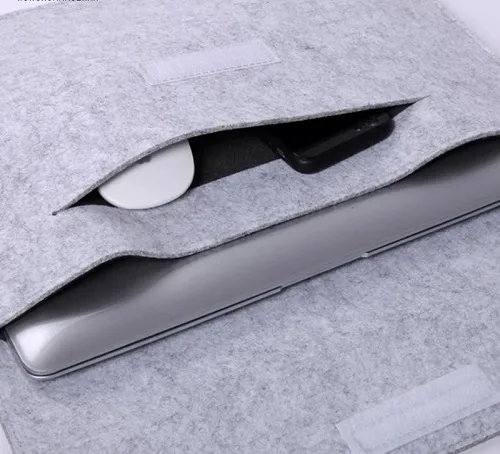Exploring the Techniques and Benefits of Felt Fabric Construction Methods
The Art of Felt Fabric Construction
Felt fabric, a unique material known for its softness and versatility, has a rich history that dates back thousands of years. Unlike traditional woven fabrics, felt is created through a process of matting, condensing, and pressing fibers together, which can be made from wool, synthetic fibers, or even blends. This article delves into the construction of felt fabric, exploring its methods, characteristics, and applications.
Understanding the Construction Process
The construction of felt begins with the selection of fibers. While wool is the most common choice due to its natural crimp and scales that facilitate bonding, synthetic fibers like polyester and acrylic are also popular for their durability and ease of maintenance. The choice of fiber impacts not only the texture and appearance of the felt but also its performance in various applications.
The primary method of constructing felt involves three essential steps carding, felting, and finishing
.1. Carding In this initial stage, the selected fibers are combed and disentangled, resulting in a fluffy mass known as batts. Carding helps to align the fibers and prepare them for the felting process. During this stage, different colors and types of fibers can be blended to achieve specific visual effects or functional properties.
2. Felting The heart of felt construction lies in the felting process. This step involves matted fibers being subjected to heat, moisture, and agitation. When wool fibers are agitated, the scale-like structures on the fibers interlock, causing them to bind together. This process can be done manually by rubbing the fibers together or mechanically using industrial felt machines. The intensity of agitation and the duration of exposure to heat and moisture will determine the density and thickness of the final product.
3. Finishing After felting, the fabric undergoes finishing processes, which may include cutting, dyeing, and pressing to achieve the desired texture and appearance. Compounds can also be added at this stage to enhance qualities such as water resistance or flame retardancy. The finishing process is crucial for defining the felt's final characteristics, making it suitable for various applications.
felt fabric construction

Characteristics of Felt Fabric
Felt fabric boasts several unique characteristics that set it apart from traditional textiles. It is inherently durable and resilient, often maintaining its shape over time. Its dense structure provides excellent thermal insulation, making it a popular choice in crafts and home decor. Additionally, felt is hypoallergenic, making it suitable for sensitive skin applications.
The versatility of felt fabric extends beyond its physical properties. It can be easily cut, stitched, and manipulated without the need for additional finishing processes, allowing for creativity in crafting. This adaptability has led to its use in various fields, from fashion and accessories to home decor and educational materials.
Applications of Felt Fabric
The applications of felt are vast and diverse. In the fashion industry, felt is often used for hats, bags, and footwear, offering a stylish yet functional option. In home decor, felt is utilized in items such as coasters, wall art, and blankets. Additionally, felt's soft sound-absorbing qualities make it a popular choice for acoustic panels in architectural design.
In educational settings, colorful felt boards assist in teaching concepts and creating engaging learning environments. The craft industry also exploits felt’s versatility in DIY projects, toys, and ornaments, highlighting its appeal to crafters and hobbyists alike.
Conclusion
Felt fabric construction is a fascinating blend of art and science, resulting in a material that is both functional and aesthetically pleasing. With its unique properties and wide range of applications, felt continues to capture the imagination of designers and craftsmen the world over. As we explore new methods and techniques in felt construction, this ancient fabric remains relevant, timeless, and beloved across cultures and generations.
-
What Makes Felt a Great Choice?NewsNov.19,2024
-
Total Mixed Ration (TMR) Feed for CattleNewsNov.19,2024
-
The Ultimate Guide for Felt Polishing WheelsNewsNov.19,2024
-
Industrial Felt for Various ApplicationsNewsNov.19,2024
-
Felt Makeup Bags and Inserts BagsNewsNov.19,2024
-
Choosing the Right Hotel TowelsNewsNov.19,2024
-
Your Go-To Guide For Affordable Wholesale Wool FeltsNewsOct.31,2024







